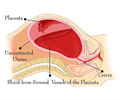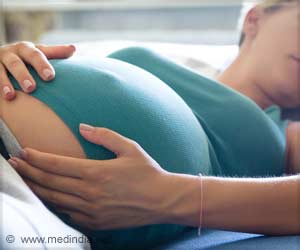
‘In eastern Asia, the maternal mortality ratio fell from approximately 95 to 27 per 100,000 live births. The UN has now set a goal of reducing the global maternal mortality ratio to less than 70 per 100,000 live births by 2030.’
Tweet it Now
"This is huge progress but the progress is uneven across countries, across different regions of the world," with 99 percent of the deaths in developing countries, she said. The report, published simultaneously in the British medical journal The Lancet, said that in 2015 some 303,000 women died as a result of complications during pregnancy or up to six weeks after giving birth, down from 532,000 in 1990.
"This equates to an estimated global ratio of 216 maternal deaths per 100,000 live births, down from 385 in 1990," it said.
As part of the Millennium Development Goals adopted in 2000, UN member states pledged to reduce maternal mortality by 75 percent by 2015 from 1990 levels.
But only nine countries have achieved this target, although 39 others have registered "significant progress" in reducing maternal deaths, said Say.
Advertisement
Sub-Saharan Africa accounted for two our of every three deaths in the world.
Advertisement
"Ensuring access to high-quality health services during pregnancy and child birth is helping to save lives," it said.
It said essential health interventions required include practicing good hygiene to reduce infection, injecting oxytocin hormone immediately after childbirth to reduce risk of severe bleeding, and identifying potentially fatal conditions like pregnancy-induced hypertension.
The UN has now set a goal of reducing the global maternal mortality ratio to less than 70 per 100,000 live births by 2030.
But achieving that goal will require much more effort, said Dr Babatunde Osotimehin, executive director of the UN Population Fund.
"Many countries with high maternal death rates will make little progress, or will fall behind, over the next 15 years if we don’t improve the current number of available midwives and other health workers with midwifery skills," he was quoted as saying in a press release accompanying the report.
"If we don’t make a big push now, in 2030 we’ll be faced, once again, with a missed target for maternal deaths."
Source-AFP











